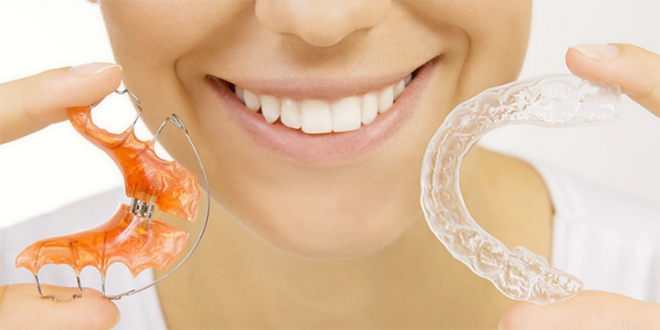By Sophie Miller, BUPA
You’ll be advised to wear them at all times apart from when you’re eating.
A shocking 42% of Brits wish they could change the appearance of their smile. Instead of letting your smile affect your confidence, why not investigate your options – you could be surprised. As tag heuer replica dental technology evolves, the way different treatments are carried out is becoming more sophisticated. This includes teeth straightening. Unsightly methods of straightening teeth are becoming a thing of the past as new, advanced techniques are becoming available in more dental practices. The team at Bupa UK share a short guide on teeth straightening options. Older methods Lots of people are unhappy with their smile; over a quarter of people feel so conscious that they avoid smiling in photographs. People often feel frustrated by how their teeth look, yet don’t get treatment because they don’t want to wear a visible brace that will knock their confidence even further.
Traditional teeth straightening and orthodontic treatments can also bring back bad memories for some of us. Whether it was the time you embarrassingly got food stuck in your brace, or the inevitable lisp you got from wearing a retainer – for many, these are memories you’d rather forget.
These traditional methods of teeth straightening include:
Fixed braces – commonly used for quite severe crowding, this kind of brace is made of metal brackets while are joined together with wire to line your teeth up. It’s still very popular and is often offered to under-18s through the NHS for free.
Removable braces – usually used for less severe crowding, a removable brace can be made up of a plastic plate with wire clips and springs to attach to the teeth. These are still used, however, are only ever recommended if teeth don’t require too much work.
Retainer – a more discreet option, which is usually recommended following a fixed brace..
Headgear – a visible brace that attaches to your head to position back teeth. This teeth straightening method was particularly popular during the seventies but has since become used less frequently.
Fortunately, advanced methods are more readily available that mean people no longer have to grin and bear it while feeling conscious of their braces. New techniques Clear fixed braces This type of brace is becoming increasingly popular and is usually only available privately. It has the same effect and function as a fixed brace however, ceramic or clear brackets are attached to the teeth so they blend into the teeth. Some providers also use tooth-coloured wires to make the braces even less noticeable. This type of brace isn’t invisible, but it’s much more discreet than traditional “train track” braces. Although clear braces are noticeable to others, they aim to blend into your teeth for a more concealed effect.
Invisalign – For those that don’t want visible braces, Invisalign could be the solution.
The innovative Invisalign technology allows you to have custom-made aligners that are replaced every couple of weeks as your teeth gradually move and line up. But, the best part is that they’re made out of clear plastic. The aligners are barely noticeable and slot over your teeth. You’ll be advised to wear them at all times apart from when you’re eating. In most cases the treatment will last between nine and 15 months, u-boat replica depending on the condition of your teeth. They’re comfortable to wear and you’ll likely find that they cause little disruption to your life.

